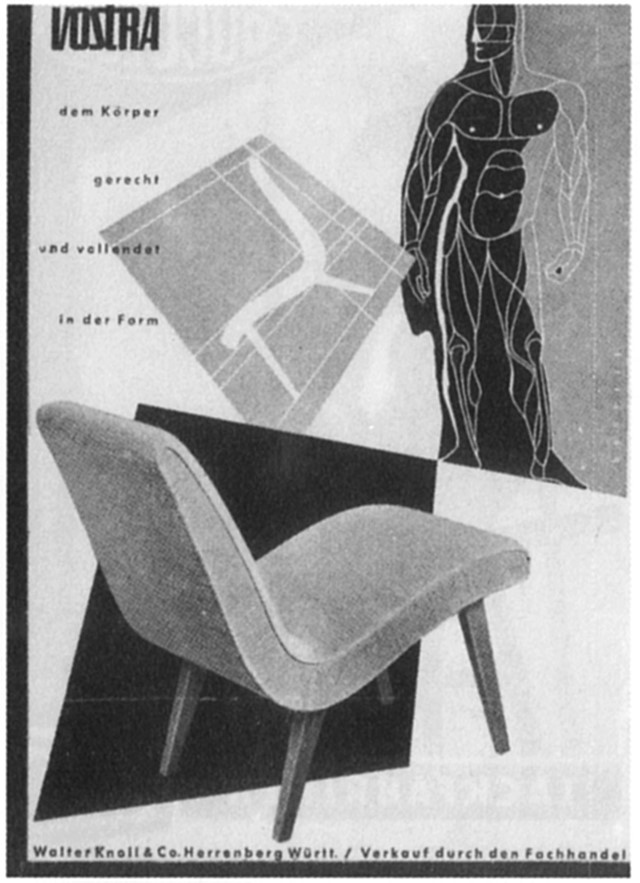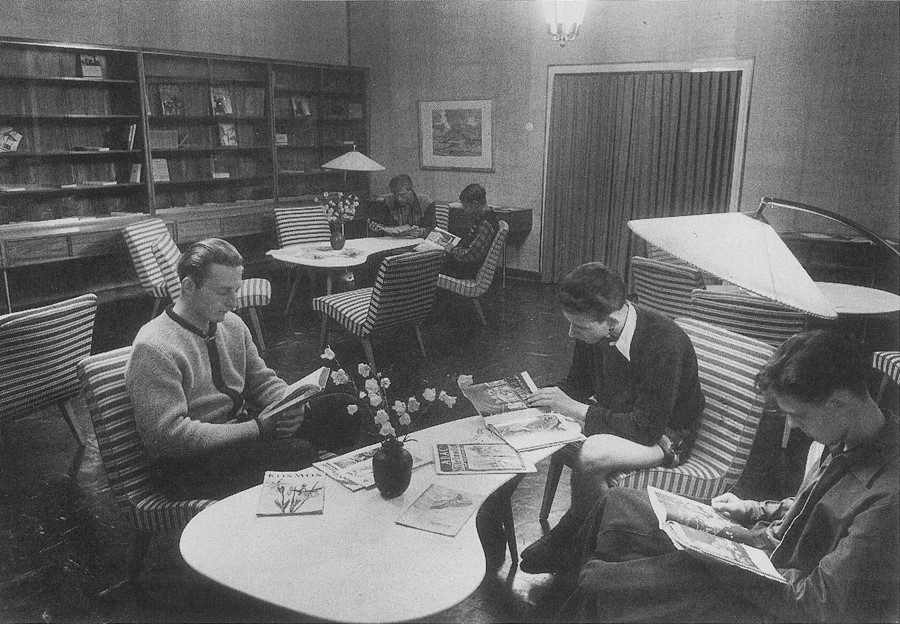With its clean lines and streamlined silhouette, the Walker Knoll piece, which turns 70 next year, has become a marker of its time
In the late 1940s, Walter Knoll, the founder and owner of the eponymous German furniture brand, was faced with the challenge of finding new designs to revive his company at a time of scarce materials and labour after the Second World War. He wanted to promote a modern way of living, while keeping his ideals of guaranteeing quality and setting new standards in design. The answer came in the form of a small chair known as the Vostra.
In 1947, Walter’s son Hans, who had emigrated to the US in 1938 and set up his own furniture company there, sent him several samples from his successful collection, including the Vostra chair, a seat made from beech designed by the Danish-American designer Jens Risom, for the start of the new production. Walter created a new version of the chair, replacing the webbed straps that formed the seat and backrest with upholstery and adding piping along the seams to accentuate its clean lines, creating the form it is known for today.

With its relaxed mood, confident lines and uncomplicated shape, the chair chimed with optimistic, hopeful attitude of the postwar era and embodied the new forward-thinking approach to design that was emerging at that time. Designed as a piece of casual seating for informal social settings, with slanted tubular metal legs and soft lines which create its unfussy, streamlined look, the chair is the picture of modernity, an efficient, functional seat with a feeling of lightness, while its slightly sloped backrest and seat allows the sitter to recline or sit forward in comfort.
The upholstered version of the chair was launched by Walter Knoll at the New Living exhibition in Cologne in 1949, after which it enjoyed great success – a total of 1,623 models were sold that year. It was seen as fresh, modern and ahead of its time and it helped the company to regain international recognition, according to Markus Benz, CEO of Walter Knoll. “Up until the end of the 1950s, Germany was still mostly producing a classic style of furniture,” Benz says. “Vostra was courageous enough to make a statement about casual seating. Unconventional and easily remembered, the chair became the embodiment of modern living.”

The Vostra chair may not be as recognisable as other chair designs, but its design has inspired countless other designs through the ages and lives on in other pieces in the Walter Knoll archive. It is one of the eight designs in the Walter Knoll Classic Edition range – a collection of classic chairs that recount furnishing history created for its 150th birthday three years ago. The Vostra chair is a real classic of design history, Benz says. “It is an authentic product with history and an example of the timeless quality of good design.”
Testament to its enduring popularity and classic design, its design has barely changed over the years, and next year it celebrates its 70th anniversary. Icons stand for continuity and timelessness and their design communicates what they stand for, Benz adds. “And that is what Vostra does – with its clear lines and unmistakeable shapes it has become a companion for years and has defined design over the years.”
